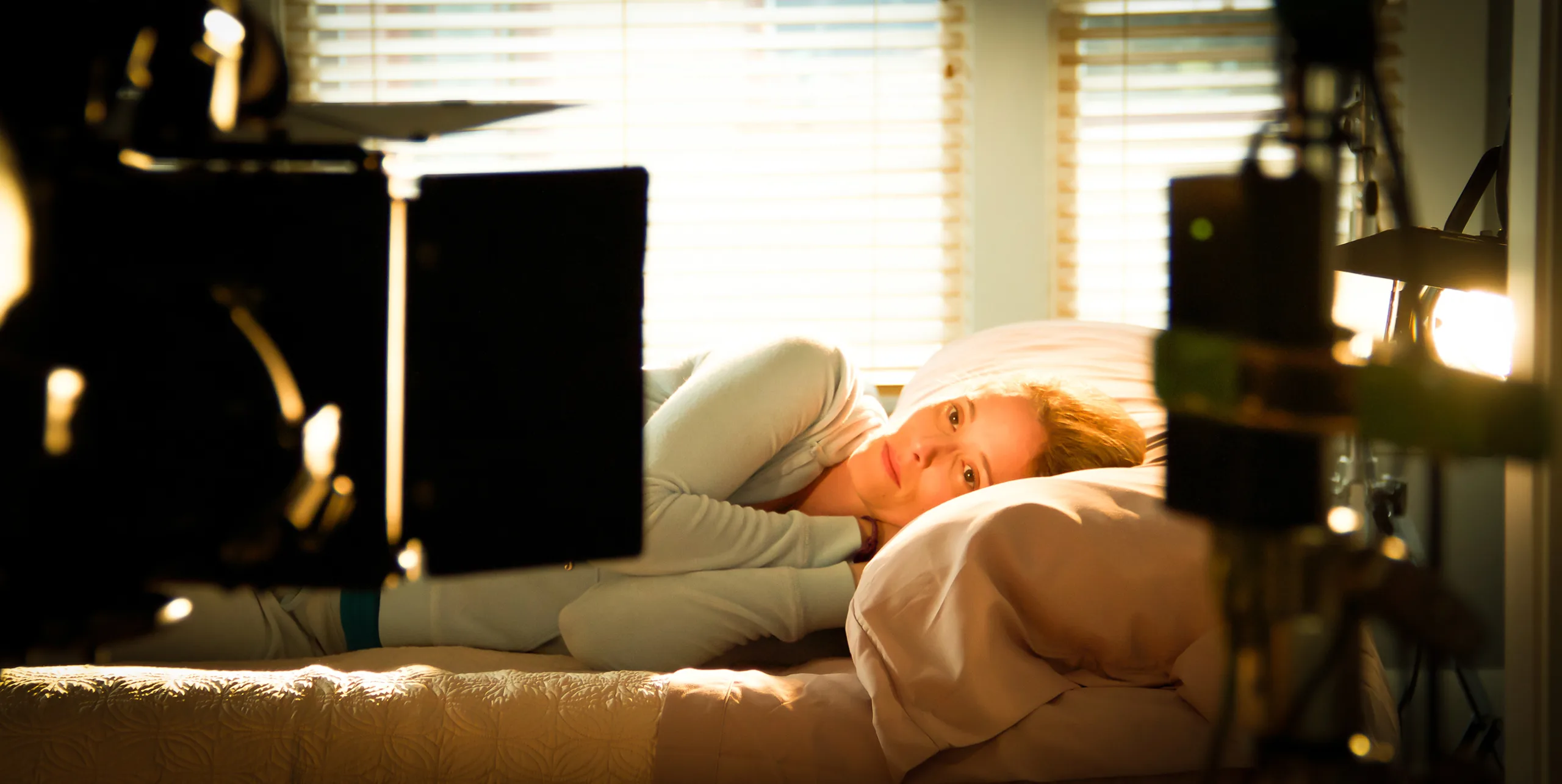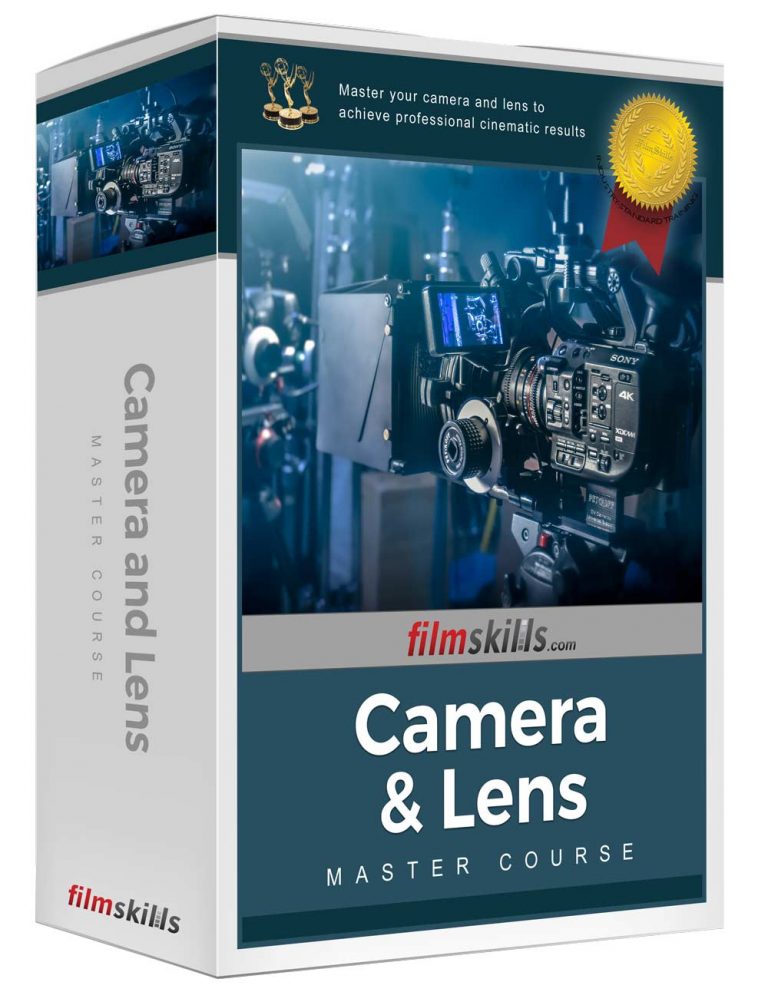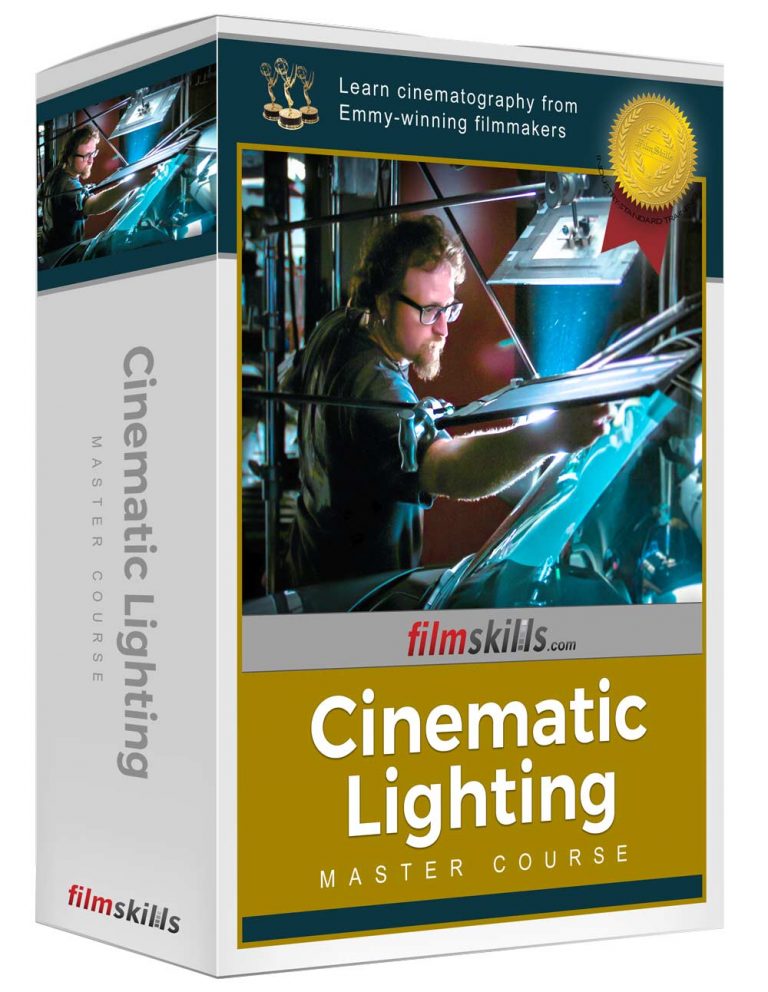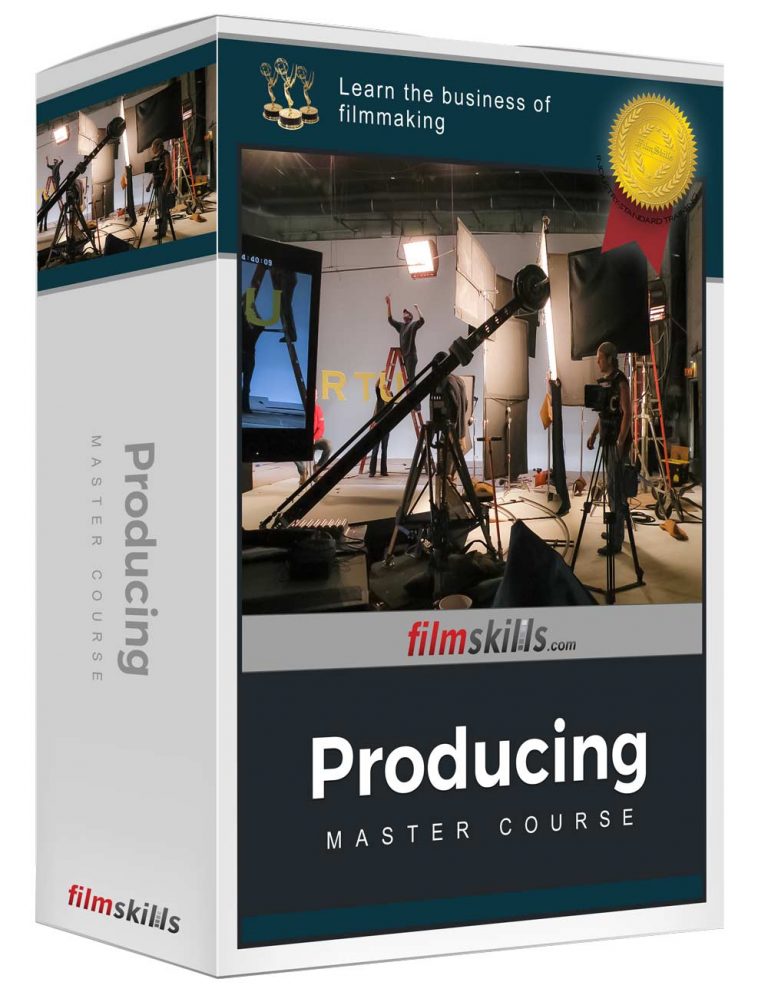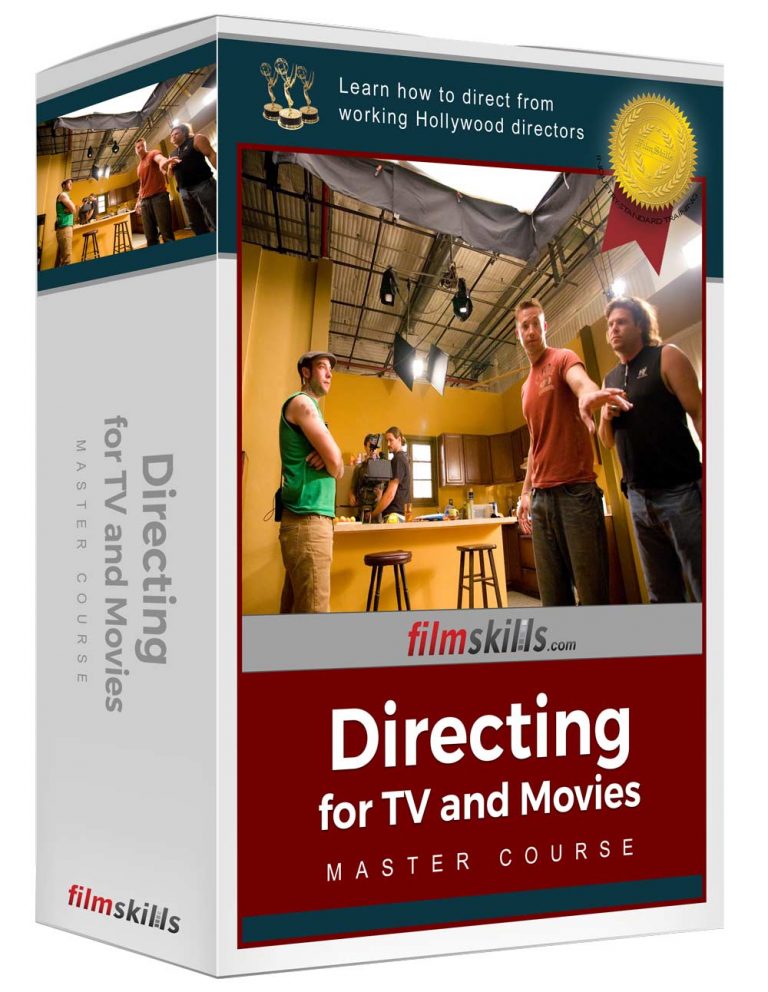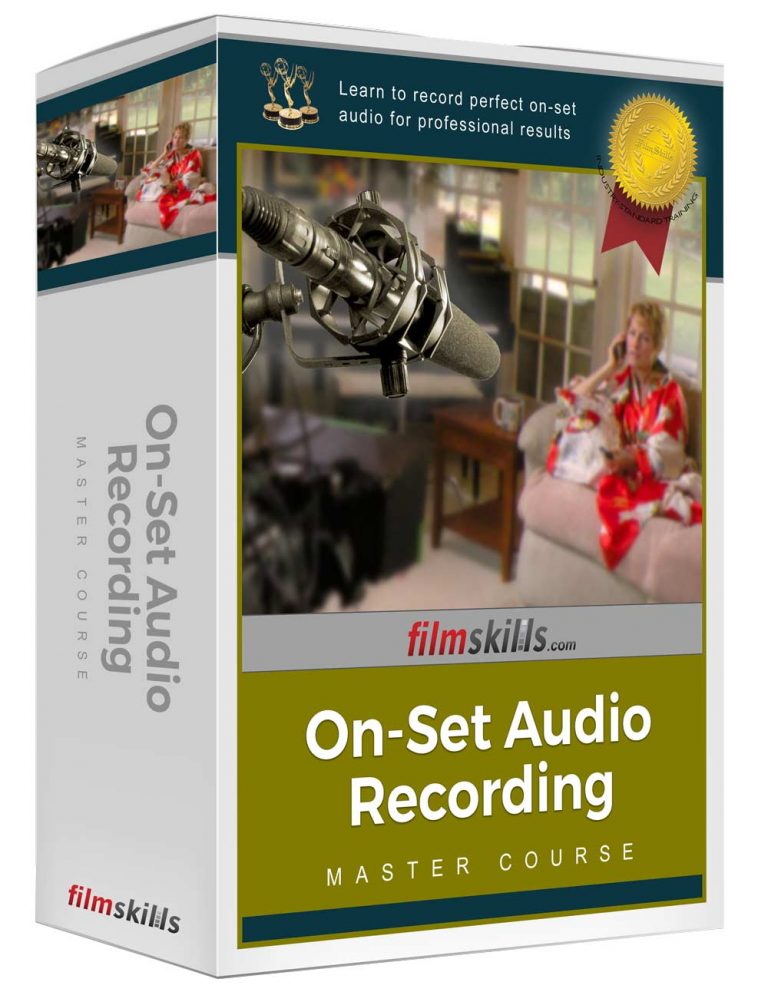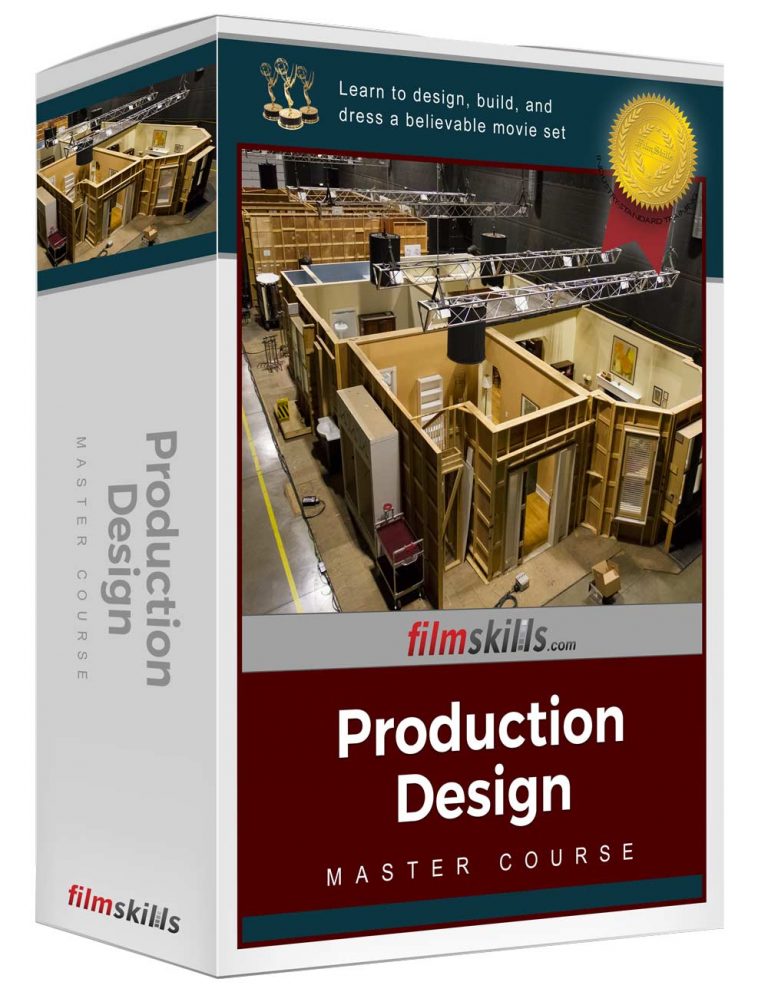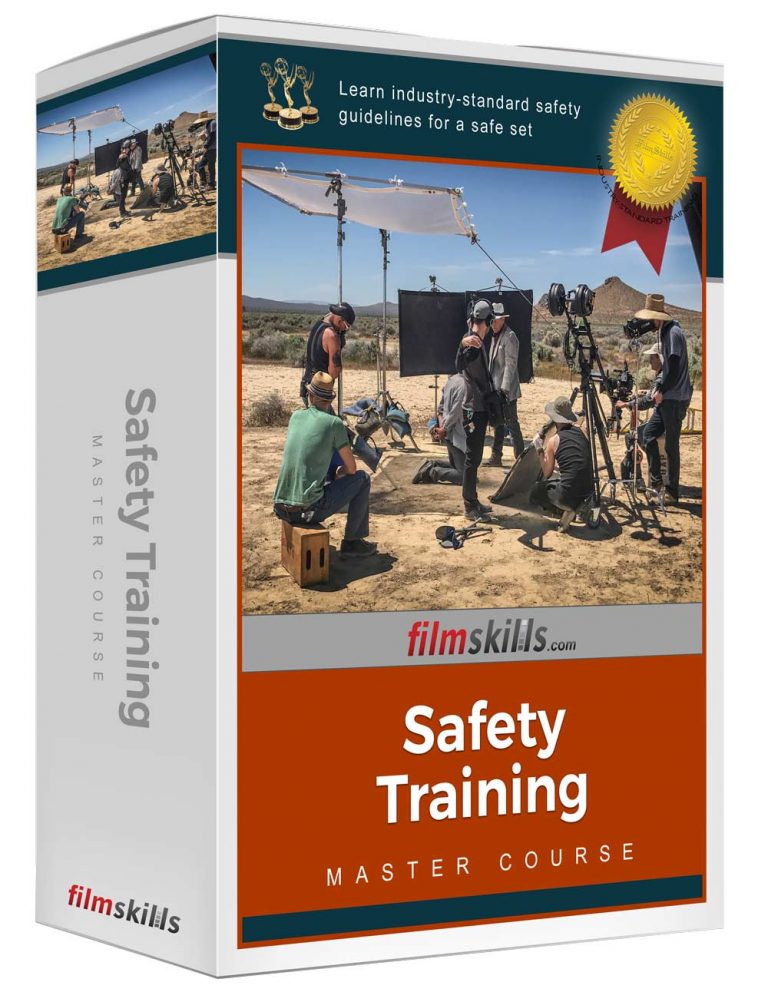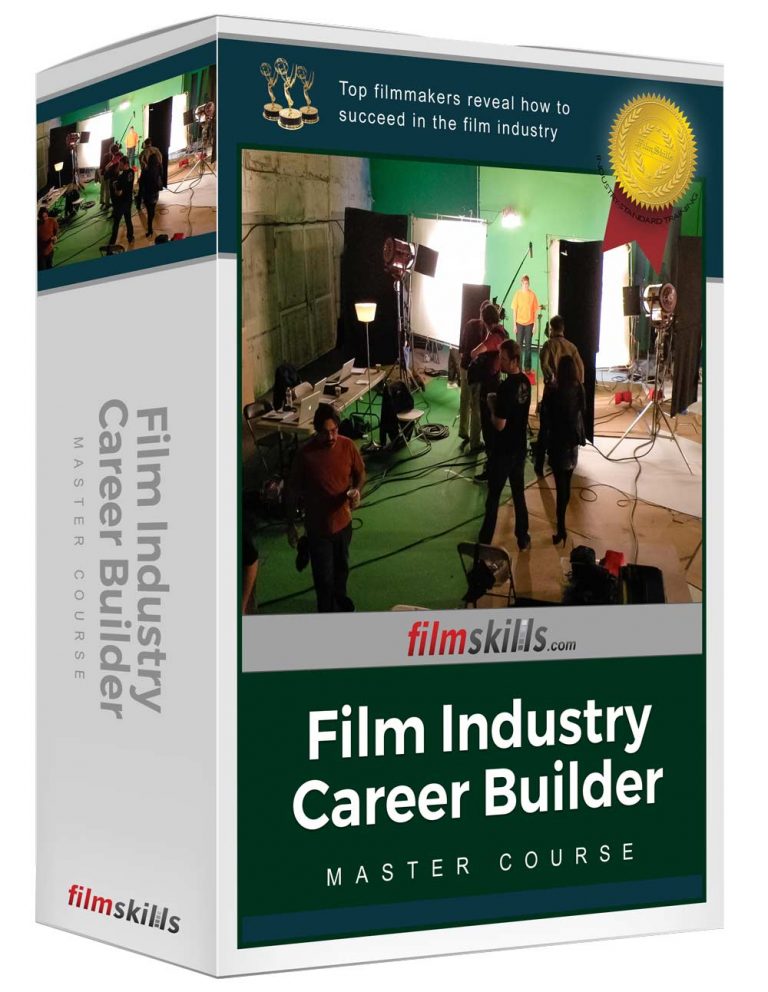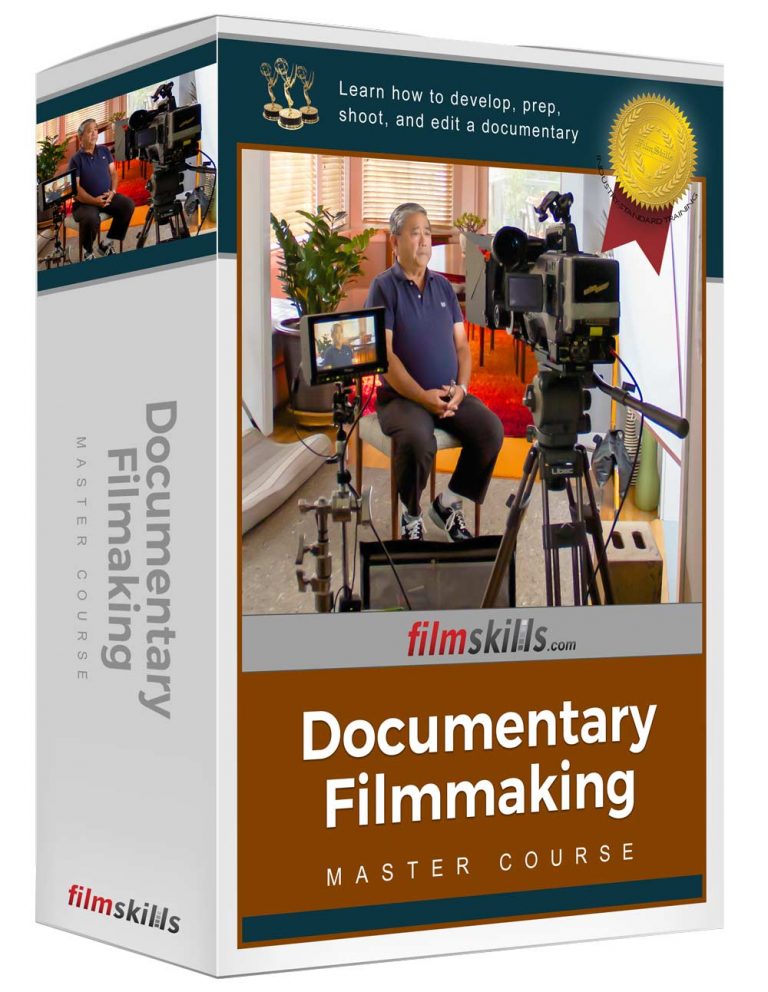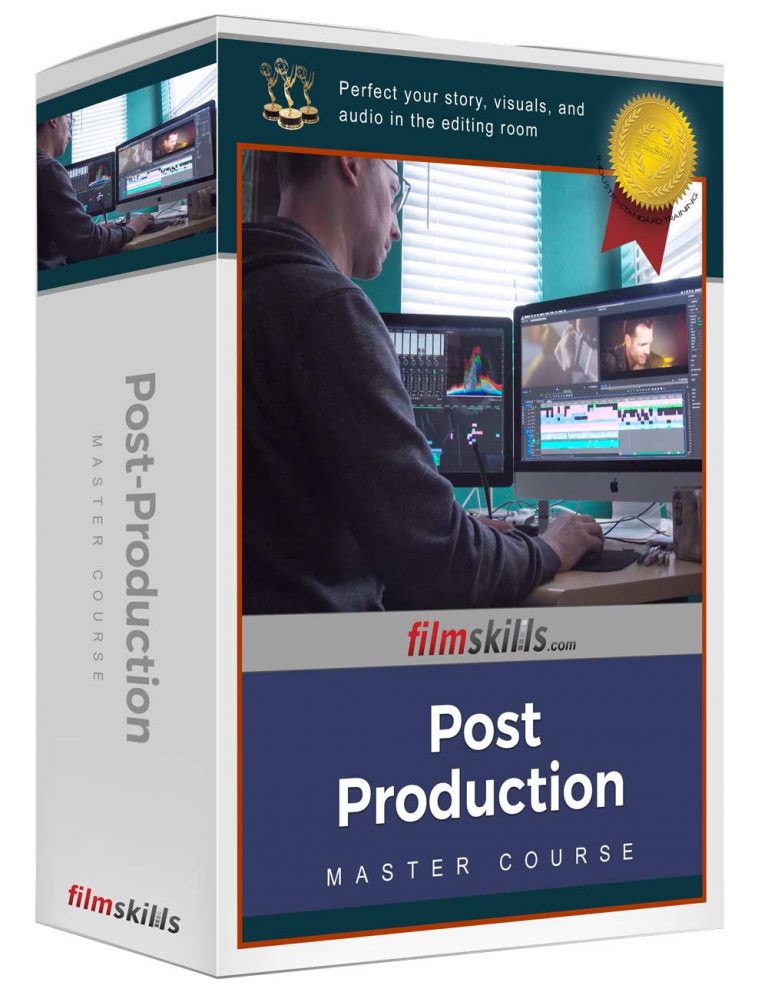Lighting a Scene
As a cinematographer, every time you shoot a new scene, you have to figure out how to light it. With production budgets tight and time limited, there isn’t time to try different approaches. You have one chance to light the set—so how can you make the shot the best it can be?
There are several key factors to consider– most notably cues in the script, the nature of the shooting location, and director’s vision. Let’s take a look at how you can best prepare to light the set.
First, Read the Script
When reading through the script in pre-production, consider the overall tone and mood of the scene which should be the primary driving force behind your lighting choices.
Mood and tone: The mood and tone of the scene can greatly affect the style of the lighting. For example, a scene with a tense, suspenseful mood may require low, directional lighting to create shadows and tension. On the other hand, a lighthearted, cheerful scene may require softer, diffused lighting to create a warm and welcoming atmosphere. Planning the lighting isn’t just about the mood for individual scenes, but how the mood changes to match the story arc. In much the same way a character’s arc evolves to follow the their evolution through the story, so too should the colors, contrast, and tone of the lighting.
Time of day: There are two times to consider – the time in which the scene takes place in the story, and the actual time of day the scene will be filmed on location. These might not always match. Many productions shoot daytime scenes at night, giving the cinematographer complete control over the lighting and guaranteeing that the lighting will not change throughout the scene.
If you are working with ambient sunlight, always know the direction and time the sun rises and sets, so you know when and where the sun will shine through the windows. You may need to rearrange the shooting order of scenes throughout the day to accommodate the sun’s position.
Character actions and dialogue: The actor’s blocking is one of the biggest factors when planning the lighting. Simple dialogue scenes with minimal movements allow a single lighting set-up with minor changes from set-up to set-up, whereas scenes with a lot of movement require more planning to minimize the number of on set tweaks. This is especially applicable, when shooting TV shows. To accommodate the limited shooting schedule, many directors in cinematographers block a scene to minimize the number of lighting changes. Feature films, which often have a much higher budget and allow for more shooting days, enable the director and cinematographer to plan more elaborate blocking.
Plot and themes: The overall plot and themes of the script can also provide cues for the lighting style. For example, a script with a dark, brooding plot may require moody, stylized lighting to match the tone of the story, while a script with a light, upbeat plot may require brighter, more cheerful lighting.
By considering these cues from the script, a cinematographer can begin to develop a lighting style that enhances the mood, tone, and overall look of the scene.
Consider the Limitations of the Location
After reading the script, the cinematographer will visit each shooting location to assess the available light and determine what additional lighting equipment may be needed. The location will also provide information about the layout and design of the space, which will affect the placement of the lights.
Every shooting location presents limitations for the cinematographer in terms of:
- What parts of the location will be visible on screen?
- How do the actors move around the space?
- Where can lights be positioned– can they be set on stands or do other overhead rigs need to be constructed?
- What are the position and size of windows?
- At what time of day with the scene be shot?
- From what direction and time of day does the sun enter the windows?
- Are there any power limitations? Does the production need to rent a generator?
- Where can equipment be staged so it is out of the way and not in the shot?
- What is the ceiling height?
- Has the location owner given permission to screw rigs to walls, hang fixtures from ceilings, or otherwise alter the location?
If the shooting location is outdoors, the cinematographer will need to consider the time of day, weather conditions, and surrounding environment. For example, shooting in the middle of the day with direct sunlight may require the use of diffusers or shade to soften the light. On the other hand, shooting at dawn or dusk may provide a softer, more diffused light that is easier to work with.
Director's Vision
The director’s vision is another crucial factor that the cinematographer will consider when determining how to light the scene. The director may have specific ideas about the mood and look of the scene that the cinematographer will need to execute through the lighting design. It’s important for the cinematographer to collaborate with the director and discuss the desired look and feel of the scene.
- A good director will develop a mood board which shows samples from other movies and photographs to give the cinematographer an idea of the visual tone they want for the overall movie and specific scenes.
- The director should have each scene storyboarded with a comprehensive shot list. Knowing where the camera will be positioned, what it will see in the scene, and how it moves is crucial to determine the type and placement of the lights.
Time and Budgetary Limitations
Finally, it’s important to consider your budget and the equipment you have available when choosing the right lights for your scene. If you have a limited budget, you may need to get creative and make use of what you have available, such as using household lamps or natural sunlight. On the other hand, if you have more resources at your disposal, you may be able to invest in higher quality lighting equipment to achieve the desired look.
- One way to save time and money on lighting is to make use of natural light whenever possible. This can help reduce the need for additional lighting equipment and setup time. Be aware if you are shooting a longer scene that the sun will change position and could lead to continuity problems in the editing room.
- The complexity of the lighting also impacts the size of the grip and electric crew. It may not be possible to execute complex lighting set-ups if the budget does not allow for enough crew members to light the set within the scheduled time.
- Carefully plan the lighting setup in advance and communicate with the rest of the crew to ensure that everything runs smoothly on the day of the shoot.
- If possible, consider a pre-light day, during which a small grip and electric crew will light the set the day before, maximizing the shooting time on the shooting day itself.
In conclusion, there are several key factors that a cinematographer looks for in the script, shooting location, and director’s vision when determining how to light a scene within the schedule and budget. By considering the mood and tone of the scene, the location and available light, the director’s vision, and the schedule and budget, the cinematographer can create a lighting design that enhances the overall look and feel of the scene.
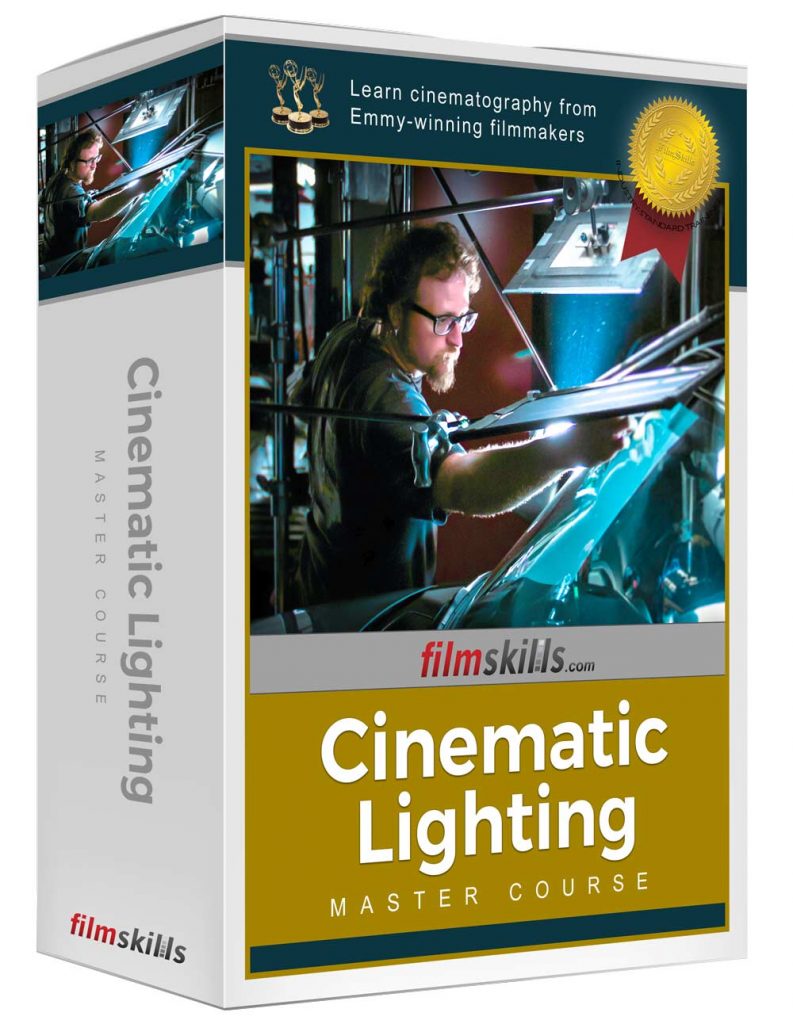
FilmSkills Cinematic Lighting Master Course
The secret to improving your cinematography and getting that coveted cinematic look is all in the lighting. In the FilmSkills Cinematic Lighting Master Course learn to use professional lighting gear, grip and rigging equipment, and techniques to shape, color, and control light to create the desired emotion on screen.
Learn Hollywood techniques for dramatic beauty lighting, natural interview lighting, and rich, cinematic lighting. Then go on real-world locations and learn how to address location challenges, choose the gear, finesse the frame, balance color, and get the perfect exposure.
So whether you’re just starting or you’re a professional looking to elevate your cinematography and attract bigger clients, check out the FilmSkills Cinematic Lighting Master Course today.
